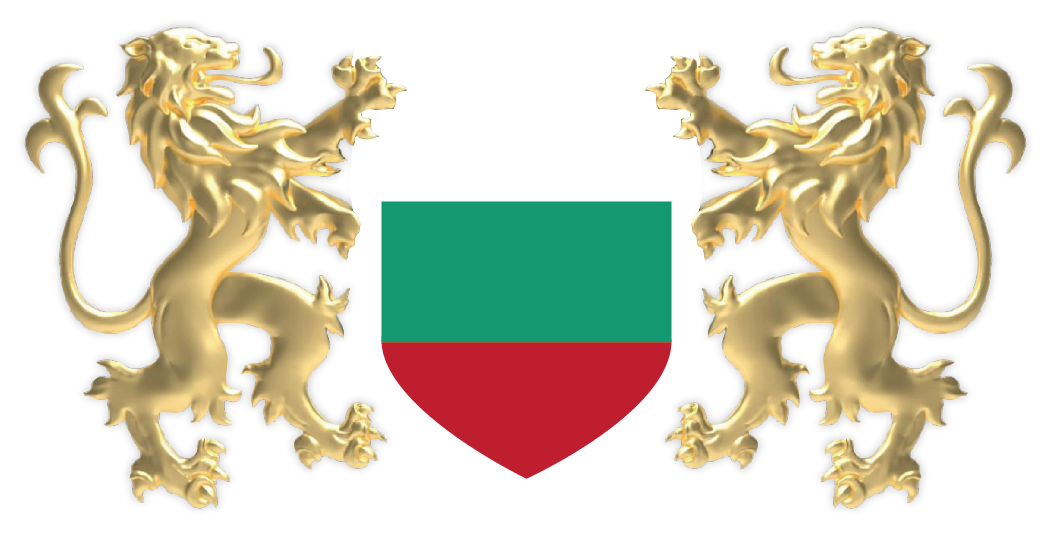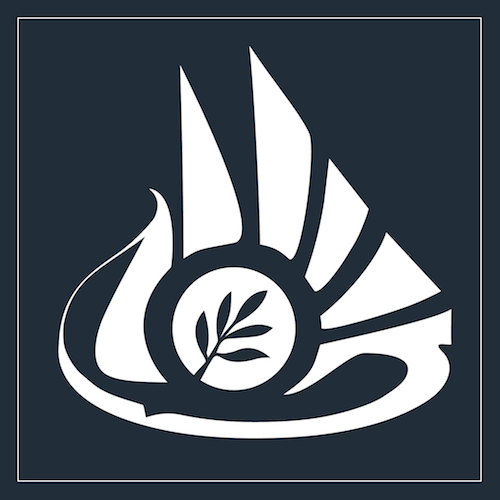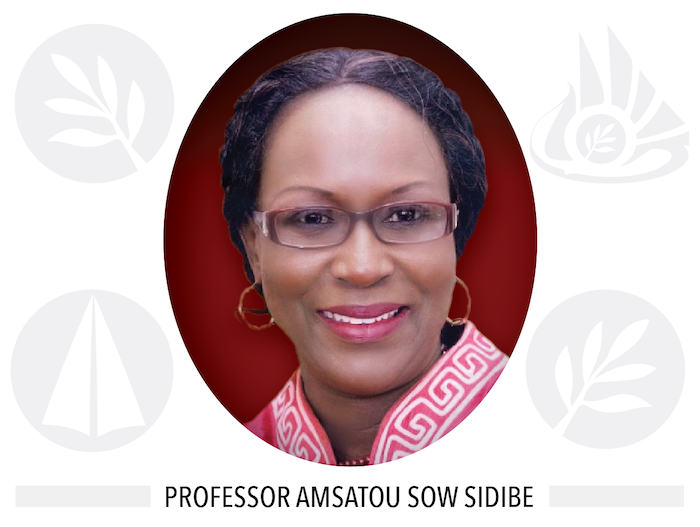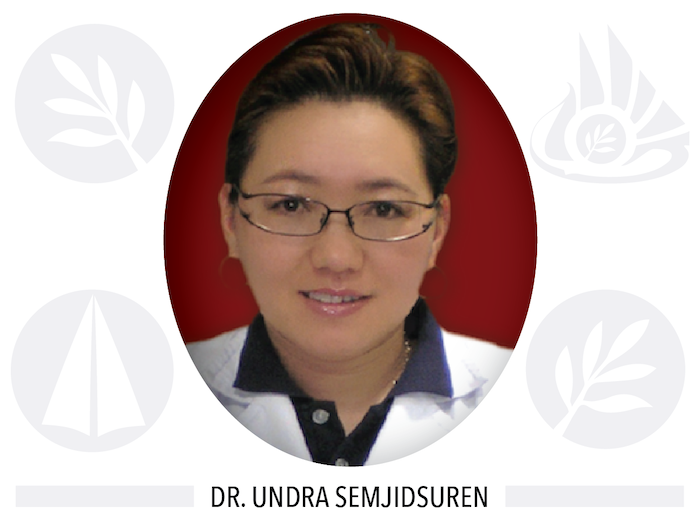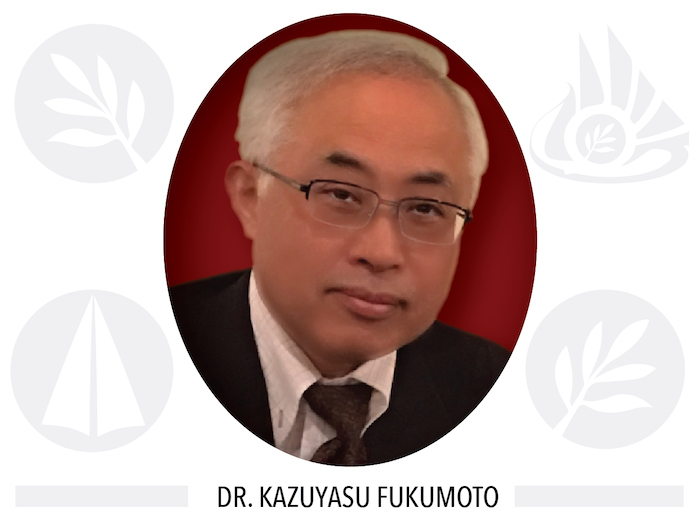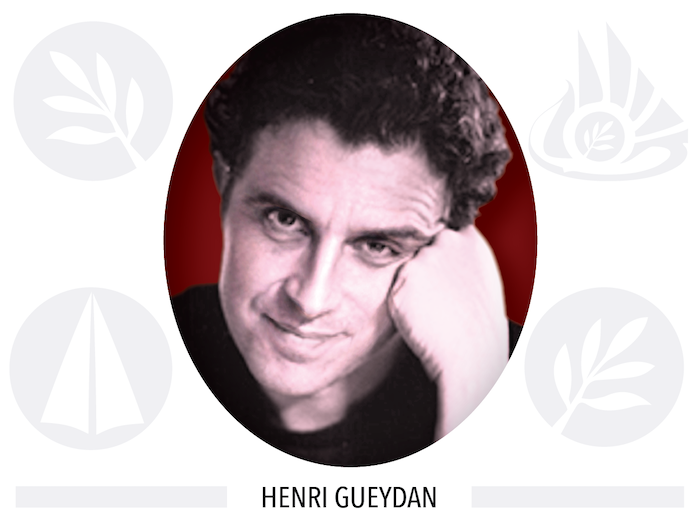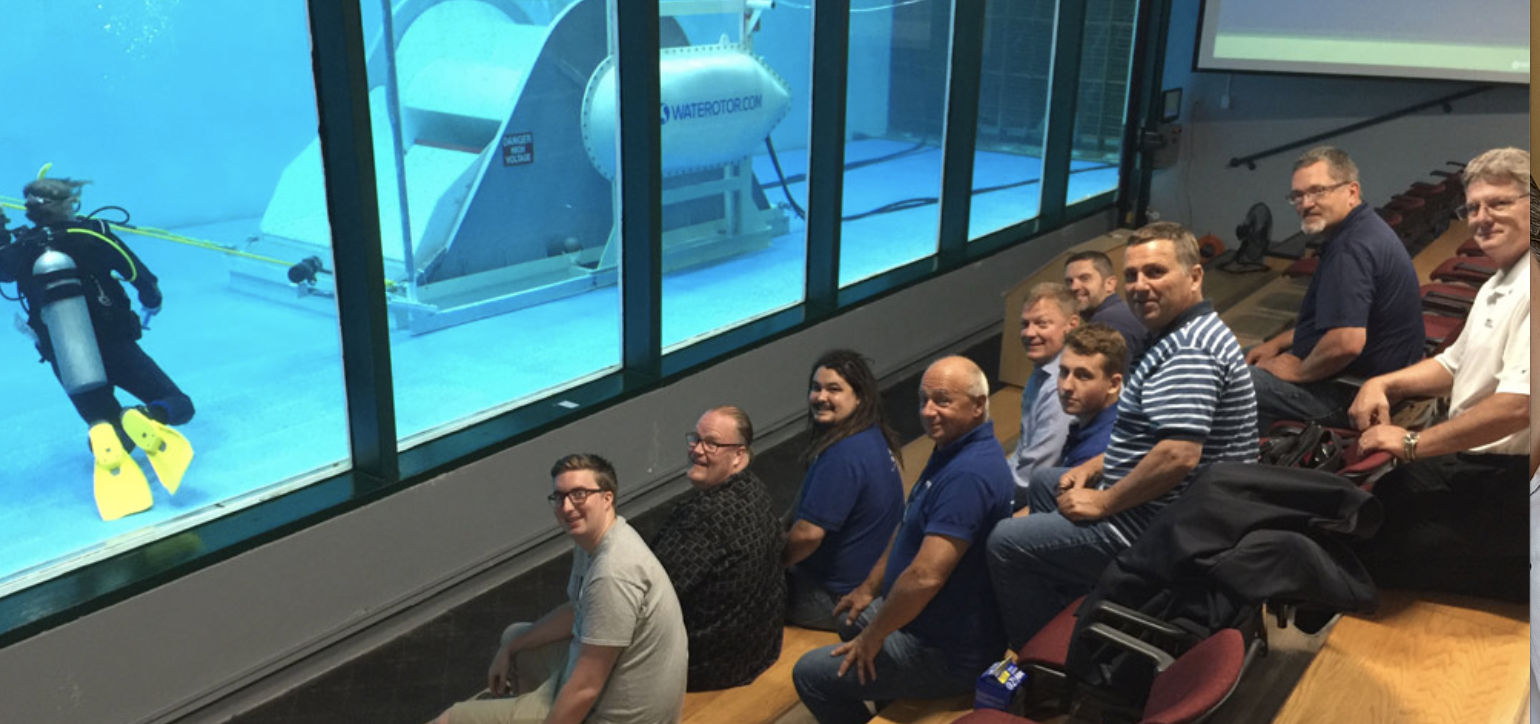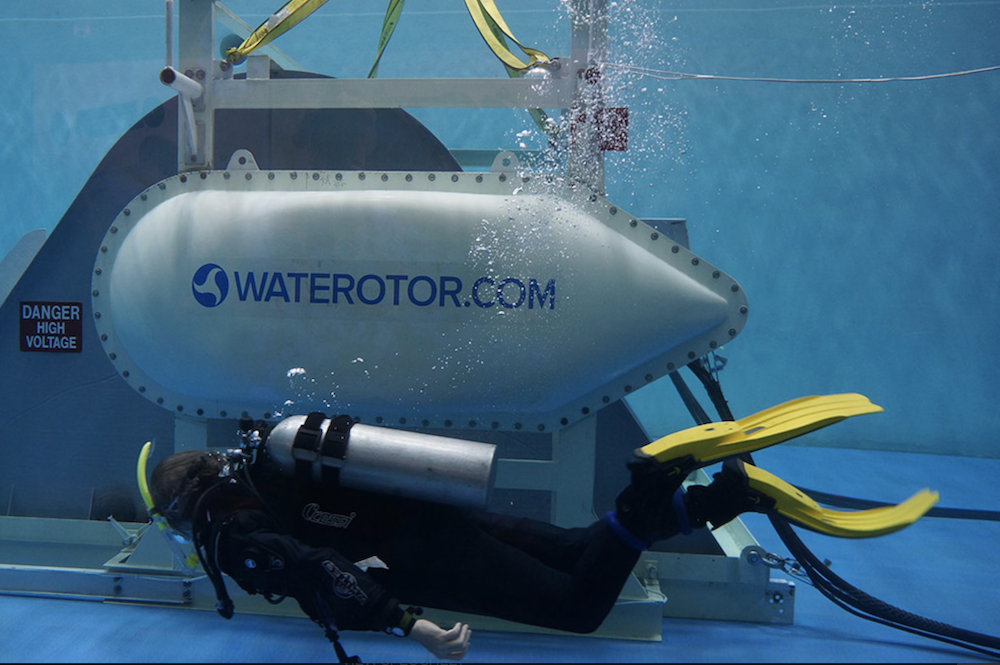First Development World Bank
DWB Focuses on Sustainable Economic Development
Project Organization
We establish new industries, microlocal economy, and trade relations. The bank emphasizes job creation and humanitarian help, towards opening educational and medical facilities. The Japan-Korea Tunnel
We connect World Leaders to bring reforms in the field of Economic Development. DWB takes concrete action with structuring a full associative professional partnership with the Marine Foundation to structure supplying countries with solutions adapted to their needs.
The immediate development requirements are regarding energy and clean running water in most need areas, adding an effective waste disposal system. Waterotor Technologies
Marine Foundation International is a Supranational Development Structure composed of mass membership network systems, event organizations, and project development ministries allowing it to focus on all main industry sectors needed for regional economic growth.
Project Feasibility Ministries & Advisory Boards
Click on the bank Logo to access to ministries
DWB Project Development Platform is securely filtered thought the Five Project Ministries of the Marine Foundation. The system allows for maximum transparency and replaces unnecessary bureaucracy with competent leadership in vital or urgent decision-making processes.
The Japan-Korea Tunnel
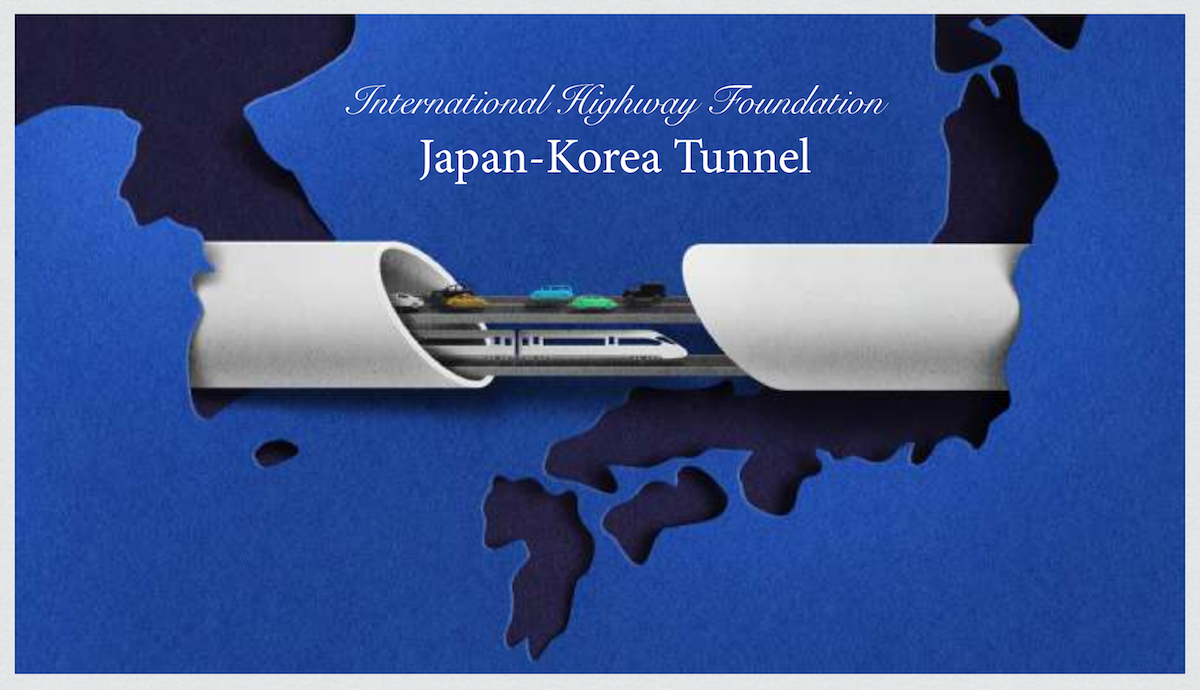
Original Article by Kenji Hall:

Video Presentation of the Japan-Korea Turnnel:
General Details of the Projects:
The Japan-Korea Undersea Tunnel or JKUT is a tunnel connecting Fukuoka and Busan in the East Asian Federation. It travels under the Korea Strait, spanning a length of almost 200 kilometers in two segments – connecting Busan Prefecture in the South Korea region with Fukuoka Prefecture in the Japan region, by way of Tsushima Island. The tunnel includes ten lanes for automobile traffic, five conventional rail tracks, and three maglev right-of-ways. It carries Federation Rail’s Interregional Connector Line for local services and New Main Line long-distance service in the tunnels’ rail portion. The tunnel construction was a joint project between the Infrastructure Advancement Corporation and Hyasoda Contract Services engineers, architects, and construction workers. Infra Corp has designed three rest stops into the design for fuel stations, food, restrooms, and a station at the midpoint for emergency personnel to respond to tunnel accidents.
Route
The road alignment begins as an extension of the Gyeongbu Expressway traveling underneath downtown Busan. A spur route branches from the main tunnel under the city to start the Busan-Geoje Fixed Link. The main route then proceeds through the beginning of the core tunnel section. The northern rail alignment continues south of Busan Station, entering a tunnel approximately 800 meters south of the station platforms. At the 62 kilometer mark is the first automobile rest station, called the North Rest station. It is equipped with restrooms, vending machines, a petrol station, and a small information center. At the 100 kilometers marks is the Midpoint Island Rest Station and the Busan-Hakata rail station, containing several amenities for weary travelers. At the 172 kilometer mark is the South Reststation. It is equipped with restrooms, a small emergency care facility, and a petrol station. The southern road portal is in downtown Fukuoka, providing local connections to city streets. The southern rail portal is west of Fukuoka, north of Karatsu City.
Midpoint Island Rest Station
The Midpoint Island Rest Station, located on Tsushima, is a traveler’s rest area at the tunnel complex’s midpoint. Modeled after the Tokyo Bay Aqua-Line’s Sea Firefly rest area, The Midpoint Island Rest Station consists of a small commercial complex and residential area connected to Tsushima’s city for workers of the complex. In addition to travelers’ amenities, the rest station is home to a Nagasaki Prefectural Police barracks, a local fire and rescue service center, and a fully operational trauma center. The Tunnel Center station of the Federation Rail Interregional Connector Line allows workers and tourists easy access to the rest station and Tsushima’s nearby city.
Structure
The tunnel is composed of ten distinct bored segments; five for road and five for rail. The rail tunnels used to carry conventional local and through service are equipped with dual gauge track for standard and narrow gauge operations. The tunnel is linked to the Korea Train Express network at its north end and the Shinkansen network at its south end. At the north and south roads, rest stations are matching rail tunnel stations serving as emergency escape points in an emergency. Each station is equipped with exhaust fans, television cameras, loudspeakers, infrared fire alarm systems, and fire suppression systems.
Introduction – 200 Billion USD Project
This project is designed to ensure the establishment of good relations between the governments of Japan and Korea. The project will support the development of regional economies and the promotion of peaceful relations.
Politicians on both sides have proposed the construction of an 80-mile “peace” tunnel to South Korea that would boost trade and symbolize friendly ties between the two nations.
The proposed tunnel, more than twice as long as the Channel Tunnel (England-France), would link Karatsu in south-western Japan and Pusan in South Korea, via two islands in the Japan Sea.
It would be part of a 140-mile (230km) rail link passing through the Japanese islands of Iki and Tsushima, and making it possible to travel between Tokyo and London by train. Ideally, that would make possible a journey from Tokyo to London by train. Japan politicians say: “We want to promote it as a symbol of peace.”
Introduction to Outline Details:
| Overview | |
|---|---|
| Line | New Main Line, Interregional Connector Line |
| Location | Korea Strait |
| Status | Active |
| System | Federation Rail, National Expressway system |
| Route | National Expressway 1 |
| Start | Geojedo, South Gyeongsang Prefecture and Busan, Busan Prefecture |
| End | Karatsu, Saga Prefecture and Fukuoka, Fukuoka Prefecture |
| No. of stations | 3 |
| Operation | |
| Owner | State Office for Transport |
| Operator | Japan-Korea Tunnel Corporation |
| Traffic | Automotive, Rail |
| Character | Passenger, Freight |
| Toll | 4000¥ |
| Vehicles per day | 25,000 |
| Technical | |
| Length | 475km |
| Line length | 200km |
| No. of tracks | 8 |
| No. of lanes | 10 |
| Track gauge | standard |
| Electrified | 25 kV AC, 60 Hz overhead catenary |
| Operating speed | 400 km/h (maglev) 260 km/h (conventional rail) 120 km/h (automotive) |
The Needs of Now:
Water & Energy
for 100 million
People
The Revelation:
Waterotor
Technology
Waterotor is the technological flagship of the Development Bank and its project organization platform. The vision of DWB’s Chairman, Mr. Brian S. Mason, associated with Mr. Ferguson, founder of Waterotor, is to bring this remarkable technological breakthrough to the first nations of the World and the 54 countries of Africa.
Friday 17th of July 2020, Mr. Brian S.Mason meets Mr. Fred Ferguson founder and owner of Waterotor. This is a message directly addressed to the founder of the Marine Foundation, in the conclusion and initiative that this discovery would become the technological flagship of our organization. This was made possible by the vision of the upcoming founder of the First Development World Bank Mr. Brian S. Mason, whose vision joined withe the Marine Foundation is bringing all the dots together of what is to be the most extraordinary platform of development on earth.
DWB’s Affiliated Project Leadership Team Worldwide
